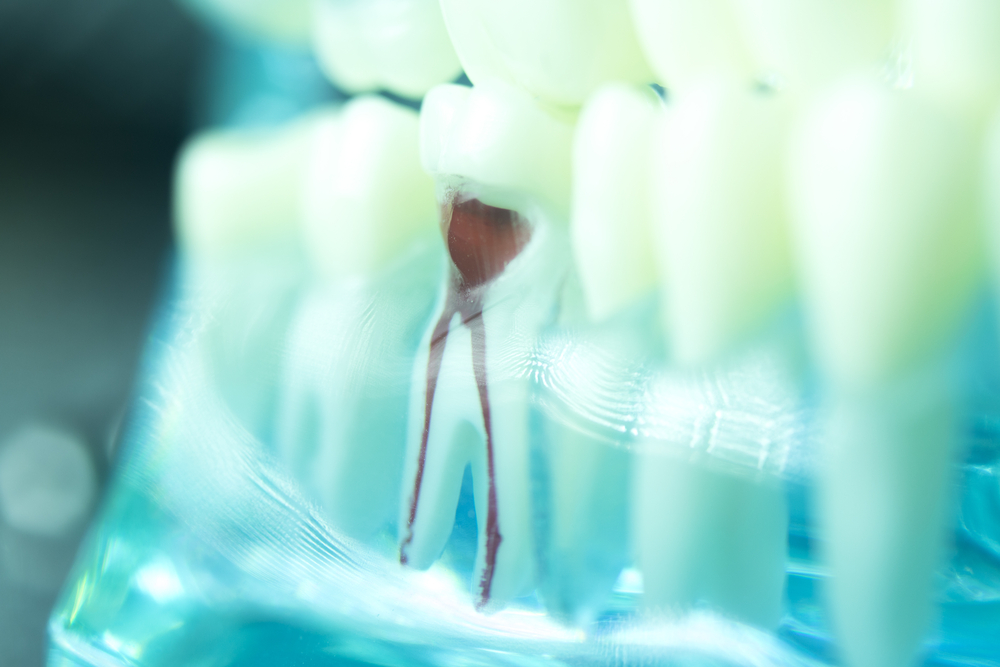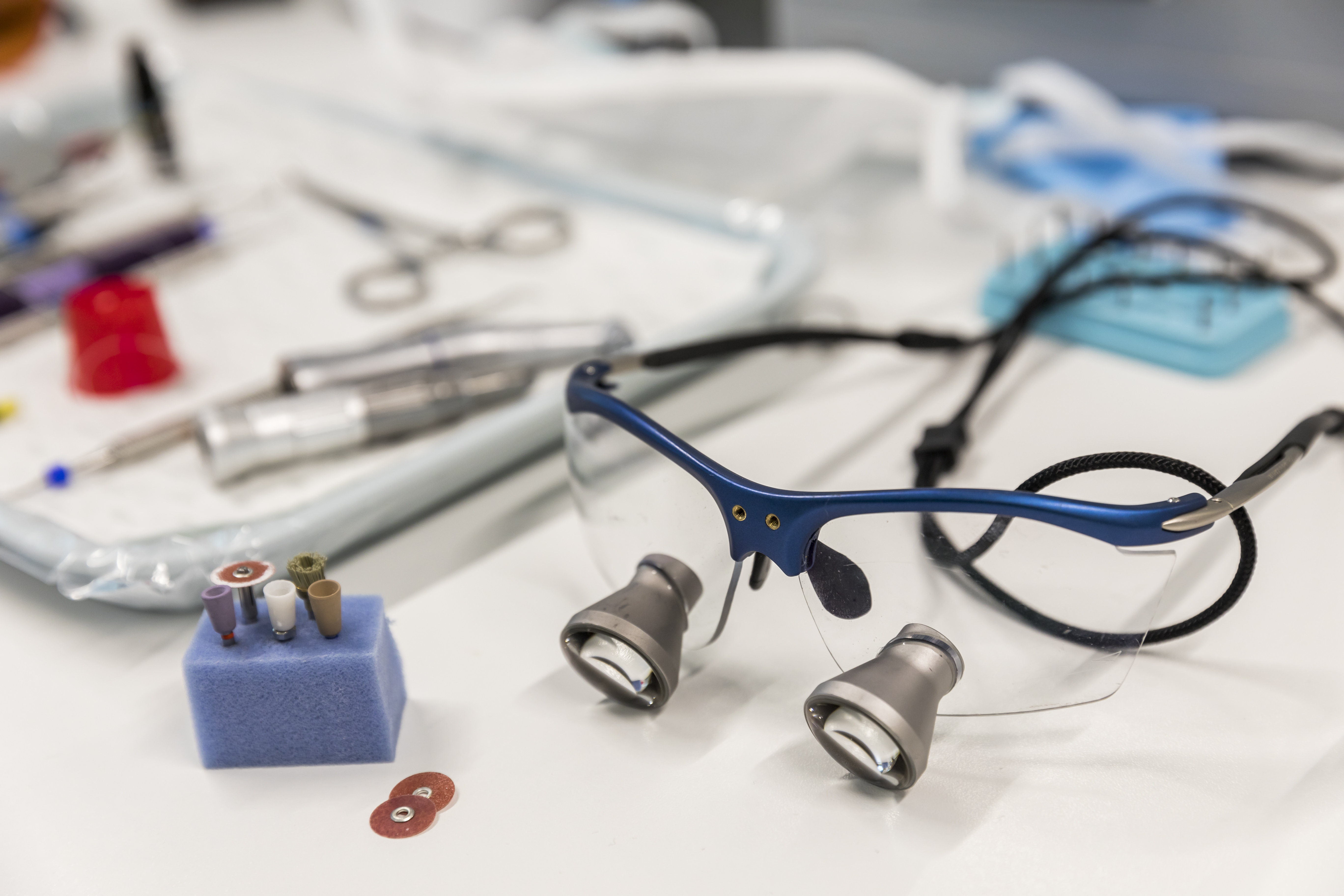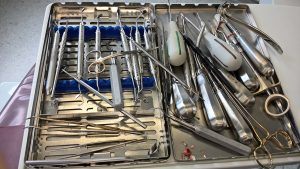In the April edition of Dental Update, Professor Trevor Burke urges us to be critical of what we read.
I have taken his advice to heart and read his opinion piece quite critically.
51 per cent of root canals FAIL!
We are first assured that things written by experts will be correct, but things on the internet will not be, because people on the internet are not experts. Secondly, we are advised of the merits of the peer review process (and the scientific purity, nay, holiness of dental update. We are told that through peer review "scientific credibility should be assured".
We are then comforted to know that sometimes Trevor skips the expert peer review process in his journal, and just rejects something if he doesn't like it personally, even though in an earlier paragraph he assured us that peer review journals do not just express their own views, but only scientific ones.
Then he quotes that favourite study of all Specialist Compodontists, Saunders and Saunders 1998, Prevalence of Peri-radicular Periodontitis in crowned teeth in an adult Scottish Sub-population.
In this, by simply radiographing hundreds of patients, they discovered that 19 % of teeth that were vital when crowned, now showed signs of peri-radicular disease.From this, Trev has now stated that the risk of pulp death was estimated at 19% at five years if you crown a tooth.
Now there are a whole host of reasons why he was right to criticise an article on doing zirconia veneers. They look ugly. They are hard to bond. They also look ugly. But doing lazy citations in a piece designed to give us confidence in the peer review process is probably as good a way to undermine one's own argument as possible.
I will say, before I go any further, that Saunders and Saunders 1998 article is one of the most over-quoted and misquoted articles around.
Firstly, it is not available online. Unless you go to the library and get a paper copy, you have only read the abstract or conclusion. This means that most people who quote this article, including myself at this point (I'm sourcing a copy, but it has taken an international hunt to get my hands on it), have not actually read it. That it is quoted as something incredibly influential when in fact it is a very poorly controlled population sample that almost no one has actually read in full is quite worrisome.
Secondly, population samples do not give us causation. Drawing from the results of this article, we are then told that if you do a crown, you have a 20% chance of pulp necrosis. This is woolly headed thinking at the highest level and that it comes from someone giving us a talk about evidence based dentistry is worrisome.
Windmills rotate faster when there is more wind. Therefore windmills are the cause of wind.
A correlation is not causative
Thirdly, there is not discussion in the abstract, which is all anyone reads, about the damage that had occurred to the teeth preoperatively. Many teeth that are getting crowns had preoperative cracks, caries, restorations and fractures. It is unlikely a dental hospital working under the Scottish NHS system in 98 was doing a lot of cosmetic dentistry, so most likely the teeth getting crowns were pretty damaged to start with.
Fourthly, their definition of failure was widening of the PDL. This can also occur because of occlusal issues, and in any case, widening of apical PDL on a radiograph is only diagnostic of a radiographic lucency. It is not diagnostic of peri-radicular periodontitis as advertised in the title. To be sure of this you would need to have further information of the teeth.
Of course, if the teeth have been retained pain free in function for many years, and then you take a radiograph and discover it's failed, then following on from our woolly headed correlational fallacy exposed earlier, clearly radiographs cause endodontic failure...:))
Fifthly, the article shows that 51% of root canals have failed if using the same criteria. Hence, title of article should be all failing teeth should be removed and replaced with implants. Or dental school I teach at has inability to teach endo with success rates higher than 50 / 50. Or paying people too little to do endo or crowns in very short periods of time under a national health service is a bad idea. Or radiographs are pretty terrible at telling us whether a tooth can successfully be maintained pain free an in function by root canal therapy.
Anyone who is conscientious and been in their own practice for a long time knows it's ridiculous to say that placing crowns causes one in five pulps to die in five years. Perhaps this was the case when people did huge preps with the water off.
To quote a poor quality study (probably from memory without having read it at all, or recently at least) without acknowledging a whole range of studies with much better methodologies, that publish rates of pulp necrosis in the order of 2 - 10%, and without any discussion about the pulp necrosis rate from alternative treatments, in a discussion about evidence based dentistry, is why the latter term has fallen into such poor regard.
We should indeed read things very carefully and I think it best that anyone who claims pulp problems with crowns using Saunders as evidence, must also discuss why we should no longer do root canals since over half fail.
Or lets just stop quoting articles only because they fit our narrative and beliefs






